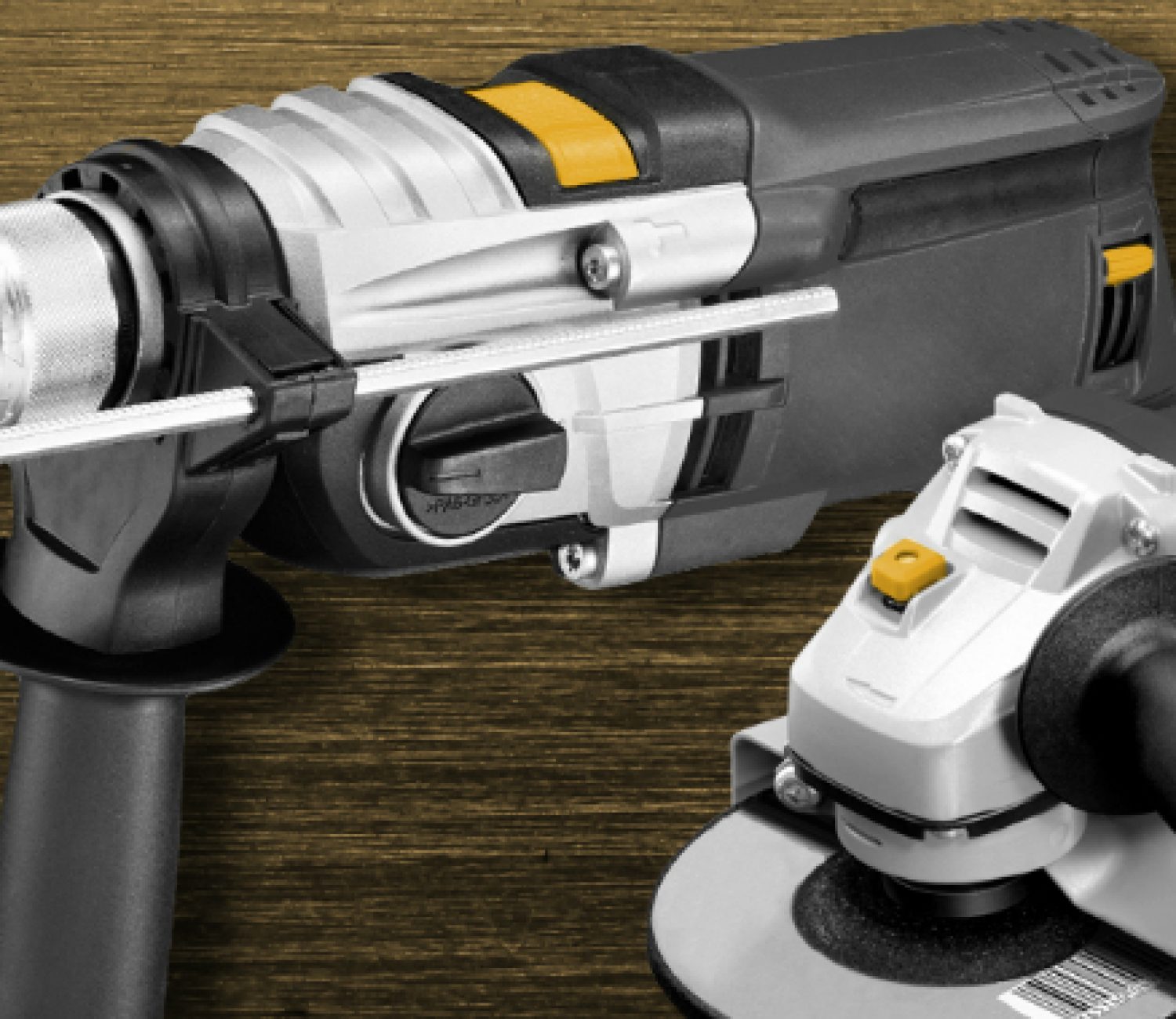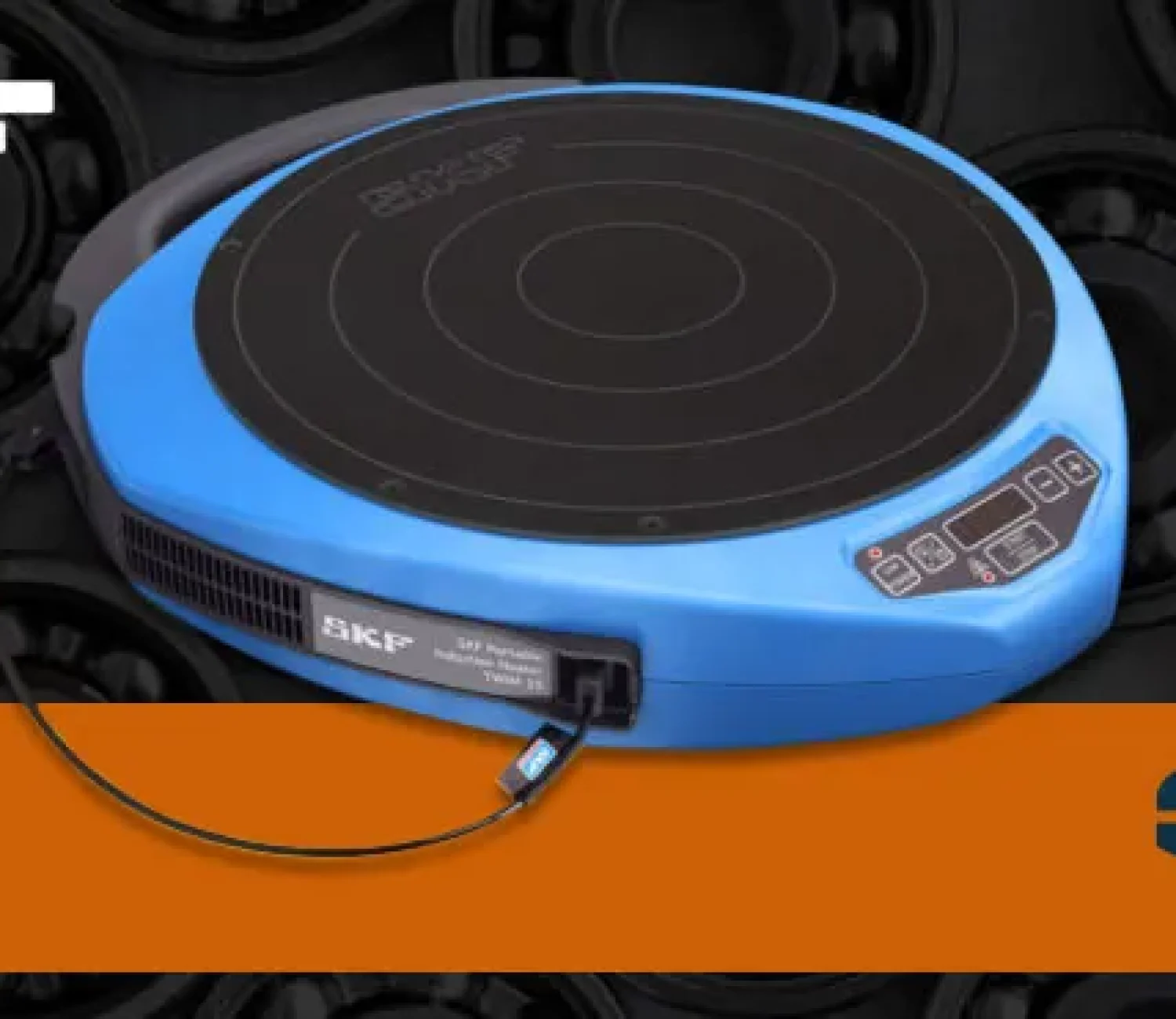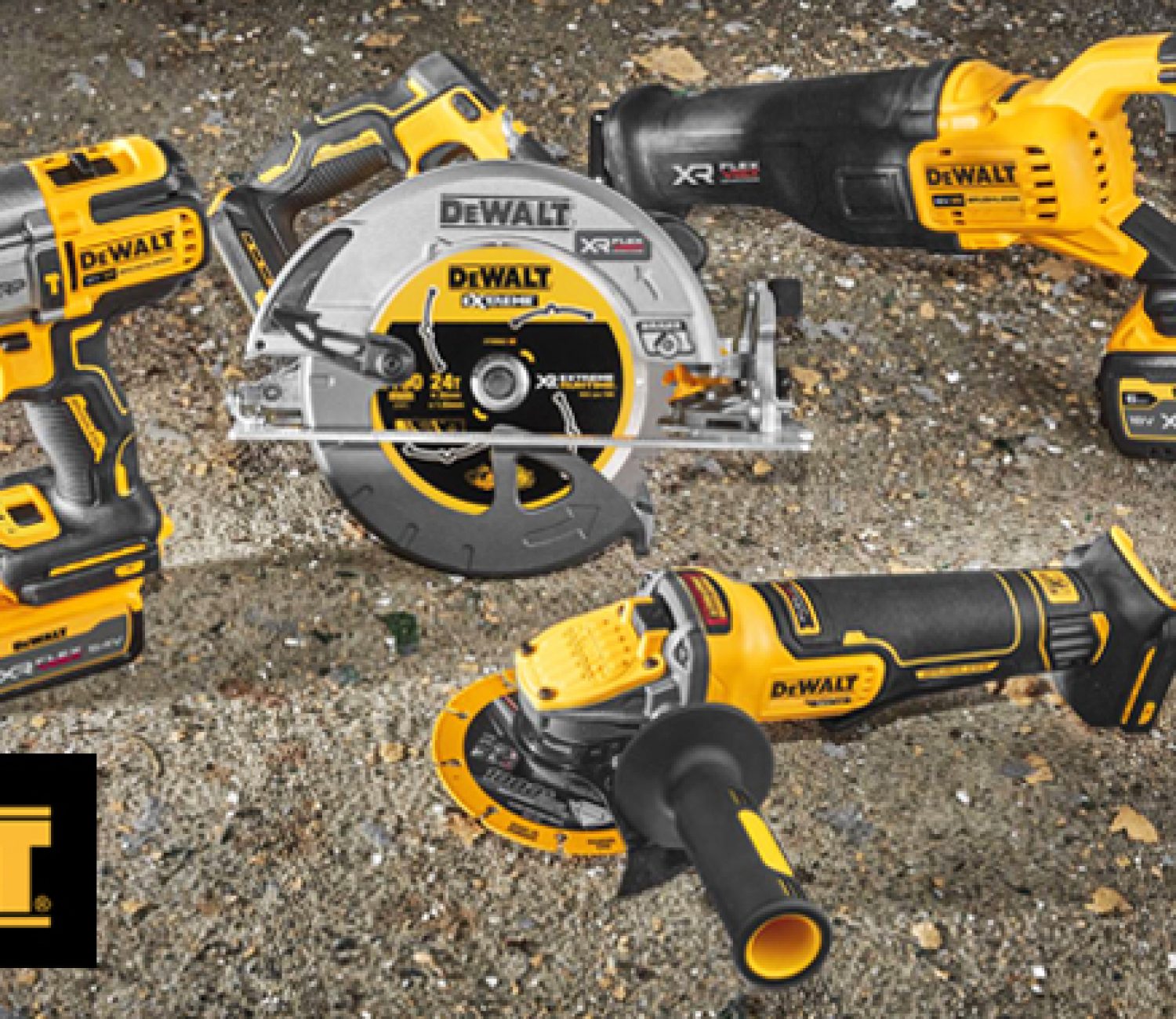As we have already mentioned in other articles of our blog, the proper tightening torque in bolted joints is essential to provide safety and quality in all assembly processes in the industry in general.
For this reason, and in order to have total assurance of a controlled tightening over time, the verification of the condition of these tightenings is vital. However, the method for performing this verification has always been an unknown.
Is it really tightened after a while to the same safe torque as when we made the assembly, how do we verify that the bolted joint is maintained at the torque we made at the time?
To answer these questions, the following are the most effective methods for checking and adjusting the tightening torque to the correct value.
If we want to achieve a complete quality control system, there is a crucial step that must be performed at the end of the production line: residual torque measurement.
How to test a screw already tightened?
Residual torque
By choosing the correct tightening strategy we ensure that the joint has been tightened to specification, but we do not know what is left in the joint after tightening. So how much of the applied preload is left inside the joint?
The preload is the force with which the bolt presses the parts together once tightened. Both at the time of tightening and after some time, there is a lack of knowledge about the preload real.
The evaluation of the residual torque The joint is verified by means of a tool that incorporates one or more test statistics.
To carry out testing and verification, ADALIS Industrial Solutions has different types of tools that analyze the data in a database equipped with management software. These tools are capable of issuing statistical analyses and reports that prevent any errors in the process; such as, for example, the digital torque wrenches.
How do we measure the usual torque?
The most commonly used methods
- Breakaway torque/angle
- Loosen - tighten
- Minimum torque check
BREAKAWAY TORQUE/ANGLE
Breakaway is the preferred method for measuring residual torque.
The strategy consists of turning the screw as far as possible with a digital torque wrench, measuring the torque at the exact point where the screw starts to move.
Sometimes the breakaway does not match the residual torque, for example when there is a drop of glue or rust on the bolted joint.
To overcome the opposition exerted by rust and glue, a higher torque is required, and once overcome, the torque drops to grow again with rotation.
To perform this test, digital torque wrenches must be equipped with a torque sensor and a gyroscope for angle measurement, with an automatic breakaway and residual torque recognition algorithm.
Some wrench models offer strategies for residual torque detection using a torque/time algorithm instead of torque/angle. The measurement obtained using this methodology is influenced by operator action and is therefore less objective, less repeatable and less reliable.
LOOSEN - TIGHTEN
If we measure the residual torque by the breakaway method, a small over-tightening of the joint to be tested will be required and it is possible that the residual torque is lower than the tightening torque, so the residual torque test may not exceed the nominal value.
The risk of over-tightening can be avoided by using the loosening-tightening method, especially in applications with large bolted joints.
We will have to loosen the joint a few degrees 10º approx. (depending on the torque/angle of the joint) and detect the torque to tighten it back to the initial position.
Today's digital keys with gyroscopes already offer this testing strategy, making the operator's job easier.
MINIMUM TORQUE CHECK
If we retighten a bolt with a click torque wrench and it clicks without turning, it means that the joint has not lost its clamping force in relation to the initial torque.
This method provides a "Ok or No - Ok"without measuring the residual torque value. In addition, using this method there is always the risk of over-tightening the process.
We can use a digital torque key with gyroscope to make a quick check of the tightening without residual torque measurement. Then we will apply torque and verify that it reaches a certain value (usually the minimum torque) within a certain angle of rotation (which is usually very small). In this way, the control will be fast and automatic, and we will be able to detect a possible over-tightening directly from the torque wrench.
From ADALIS Industrial SolutionsOur team of expert sales representatives and engineers can offer you both advice on the most common methods and the best tools for residual torque control. Contact us at here.








